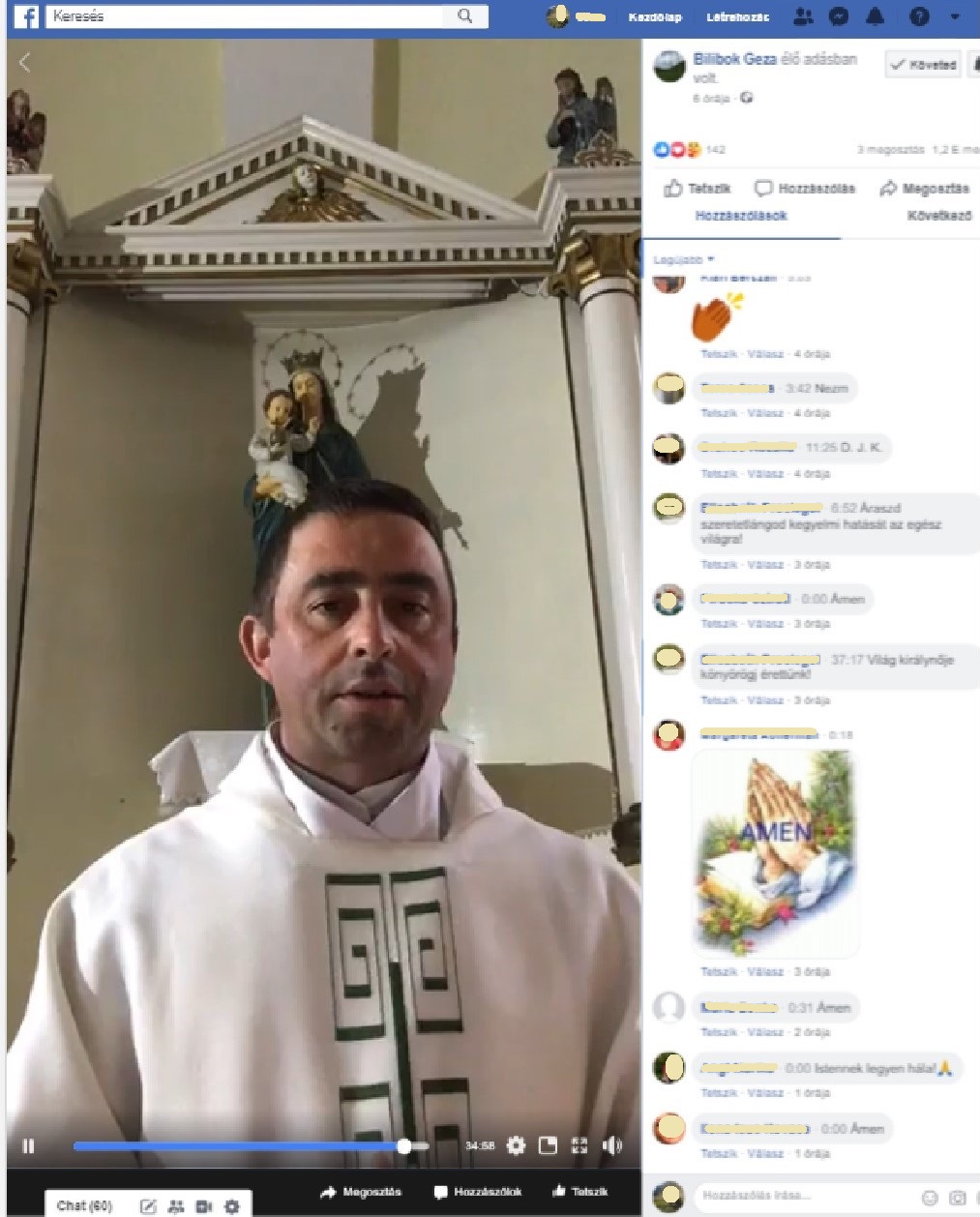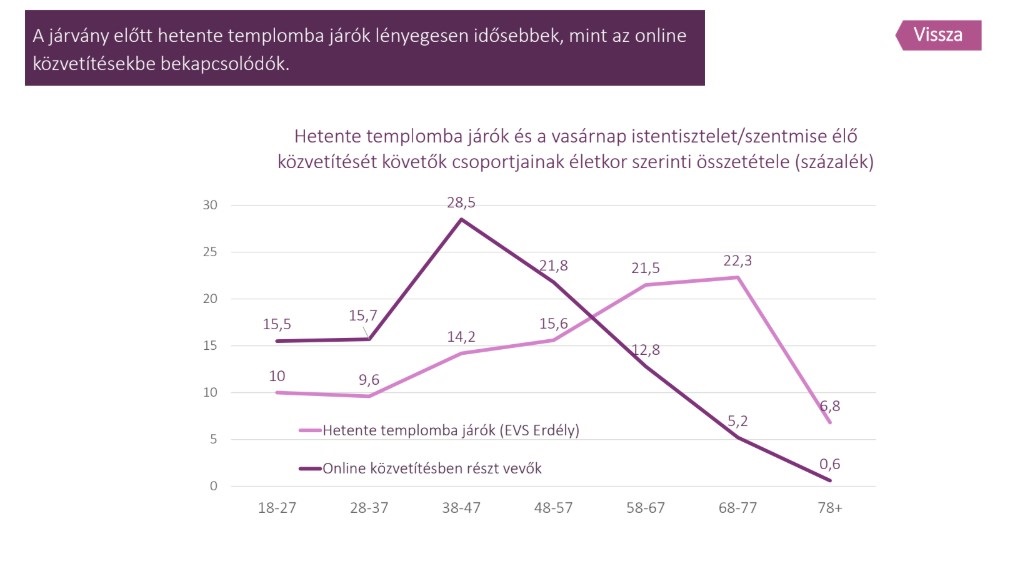How did the lives of Transylvania’s Hungarian faithful and the historical Hungarian Churches in Transylvania change as their religious life moved online during the state of emergency? The Religion Researching Institute in Kolozsvár/Cluj Napoca tried to find the answers to these questions in its study entitled “Religious Life in Transylvania during the Coronavirus Pandemic.” The head of the institute, religion sociologist Dénes Kiss, talked to maszol.ro about their results.
According to Kiss, some congregations were broadcasting their Masses on the internet even before the appearance of COVID-19, meaning that this was not a new phenomenon, but it wasn’t common either. But because of the pandemic, religious life had to completely move online, and the scientist hopes that the results of their study can help evaluate these changes and also help improve contact between churches and their faithful.

Background of the survey
The online survey took place between April 22-May 2 and was promoted on the websites of historical Hungarian churches, in religious Facebook groups and mailing lists, and on Transylvanian-Hungarian news portals. The survey was filled out by 3,975 people; 456 of them were priests/pastors and 227 of them were believers who originated from Transylvania but now live abroad.
According to Kiss, a majority of the respondents were young or middle-aged with a higher than average level of education and who, due to the survey’s topic and the channels it was promoted on, were more religious than the average person. Because of these factors, the sample is not representative, but the results still provide some good predictions in regard to the above-described social group.
Results
The more churchgoing somebody was before the pandemic, the more likely he or she was to follow the online broadcasts. But even those who rarely or never attended church before joined the online broadcasts in a high – three-quarters of those who had rarely gone to Mass and one-quarter of those who never did.
Almost two-thirds of the respondents sang along with the priests during the online masses
Survey results show major differences between those following the Sunday Holy Masses/worship services online during the pandemic and those who used to attend church weekly before the state of emergency. Those following the online broadcasts are significantly younger: The average age of weekly churchgoers is 54.4 years, while those watching the online broadcasts is 44 years. Also, the proportion of more highly educated people among them is exceptionally high at 48%, while it is only 13.7% among weekly churchgoers. Another interesting piece of data is that more women have been following the online broadcasts than men, highlighted the sociologist.

Although believers had the chance to watch only some parts of the online broadcasts, a vast majority of them watched the entire service. Furthermore, 75.9% of the respondents also prayed and 63.3% even sang along with the priests during the online broadcasts, which also shows how much they were spiritually tuning in.
Need for keeping online broadcasts of Masses in the future too
More than 80% of the respondents would find it useful to keep the online broadcasts of Holy Masses/worship services after the pandemic. Those who used to rarely attend church found this to be a good idea in the highest proportion, but 41.5% of weekly churchgoers thought the same. Despite this opinion, a vast majority of the respondents would still rather personally attend services, and only 5.2% said they would prefer following the online broadcasts instead.
Project leader Dénes Kiss also emphasized that the survey results have been only partly processed, and topics related to the priests and pastors will be examined only later.
Title image: Online broadcast of the Sunday Holy Mass from Csíksomlyó/Şumuleu Ciuc on April 26. 2020. (Image: Csíksomlyó Élő YouTube channel)